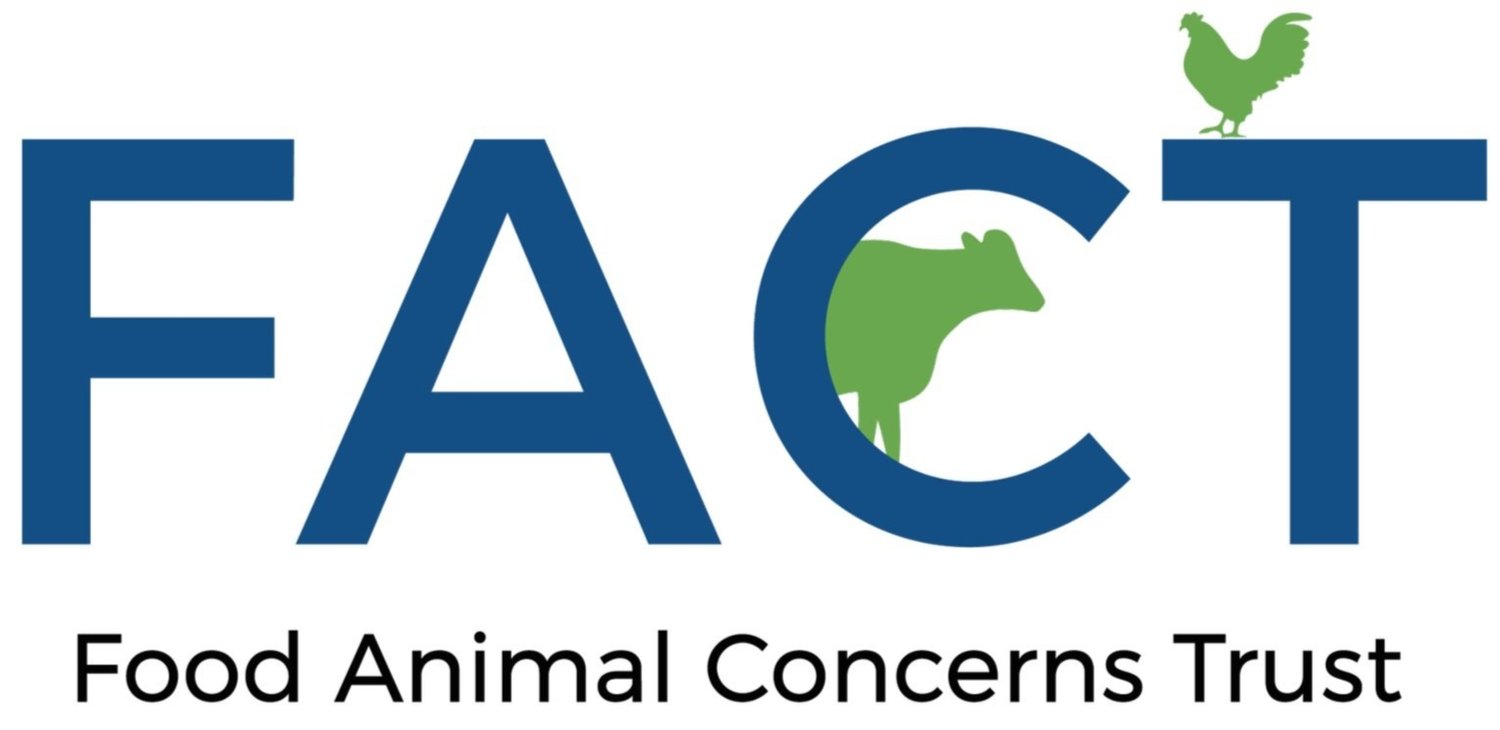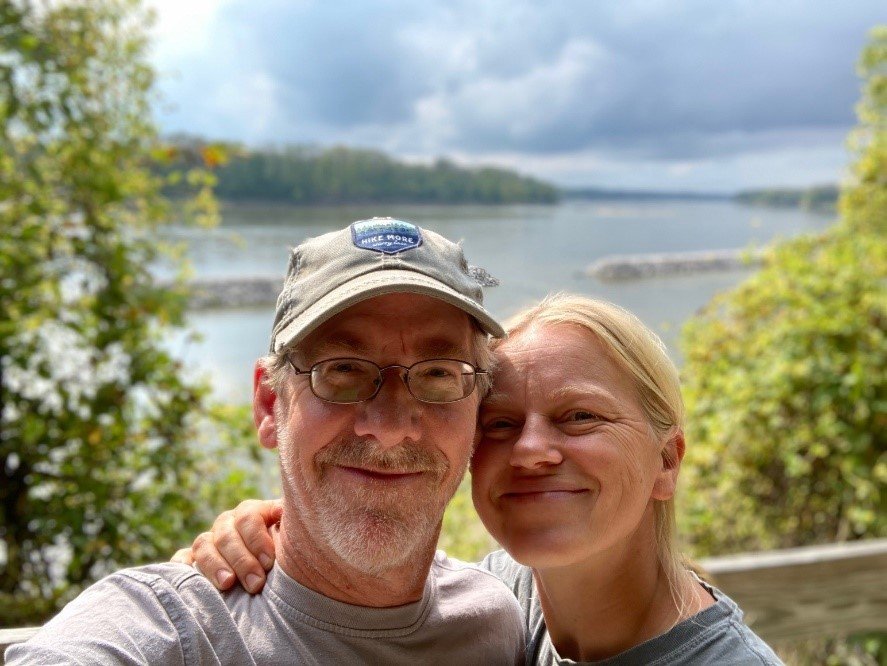Profiles in Conservation: All Grass Farms
With land in Northern Illinois and Southern Wisconsin, All Grass Farms is all that and more: a diversified, pasture-centric operation full of plants, animals, beneficial insects and wildlife. Cliff McConville, Anna Lipinska and the rest of the farm team raise grass-fed/grass-finished beef cattle, dairy cows, pigs, chickens, turkeys, sheep and organic vegetables. All Grass Farms has a long-term lease with a local forest preserve which gives them the unique opportunity to graze on public lands located right outside of Chicago.
Their cows and birds graze entirely on perennial pastures, and their heritage pigs live outdoors in the woods and meadowland. They “rotate” or move their animals frequently through the different pastures and are careful not to overgraze, allowing enough vegetation to remain, giving the land time to rest and recover.
Soil organic matter is the portion of soil that is composed of living and dead material in various states of decomposition, such as plant roots and microbes. Organic matter in the soil is important for achieving fertility and plant nutrition, increasing water infiltration and retention, and decreasing run-off and erosion.
The farmers use many other regenerative conservation practices such as grazing cover crops, using non-synthetic organic methods to control pests and weeds, building fertility in pastures, managing with no-till or reduced tillage to minimize disturbance of the soil, establishing native grass and legumes, and enhancing wildlife habitat by planting trees and hedgerows around their property.
Their practices are making a measurable difference. Back in 2016, before they started grazing on of their fields, they took a baseline test of their soil organic matter content. It came back at 2% organic matter. Flash forward to 2021 – after five years of rotationally grazing their cows on that field, their organic matter had doubled to 4%.
They also found an abundance of earth worms and living organisms in the ground. Well managed rotational grazing can improve the soil health.
Going forward they plan keep doing what they’re doing, adapting as needed. They are committed to always maintaining really good ground cover (upwards of 6 to 8 inches of grass) which will retain soil moisture and protect against times of drought. In addition, they have planted tree cover for shade (and food) and are working to reduce compaction and improve drainage in their fields.
Through all of these intentional, climate-smart practices, Cliff and Anna are building resiliency on their operation.
Farmer Cliff at All Grass Farms has served as a mentor in FACT’s Humane Farming Mentorship Program.
To help farms mitigate and adapt to the climate crisis, FACT supports the Agriculture Resilience Act (ARA). This farmer-driven, science-based bill calls for (1) increasing investment in agricultural research, (2) improving soil health, (3) supporting the transition to pasture-based livestock, (4) ensuring farmland preservation and viability, (5) promoting on-farm renewable energy, and (6) reducing food waste.


